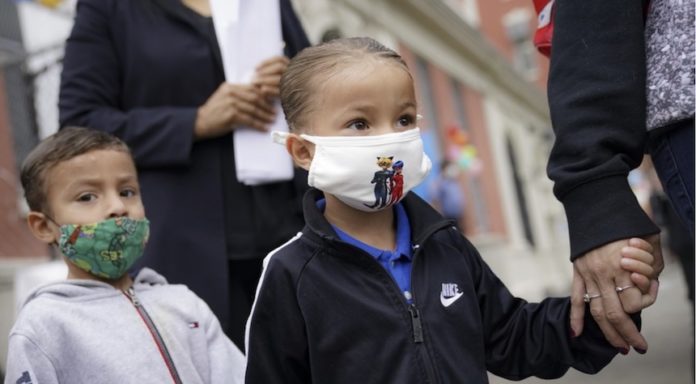A Stanford education professor Thomas Dee and The Associated Press have done an analysis of the Big Local News project at Stanford University. The results are truly depressing and frightening. 230,000 students in public schools are missing. This is only 21 states. The true number of students missing is much higher, and it represents the greatest failure in education in American history.
ABC7 reports that public school enrollment declined by more than 700,000 students between the 2019-20 and 2021-22 school years in 21 states plus Washington D.C. which provided the data.
These states saw an increase in private school enrollment of over 100,000 students. The number of homeschoolers grew by more than 180,000.
“But, the data showed that 230,000 students were not registered for private school or home-school.” According to the TV station’s study, “their absences couldn’t be explained”.
After the pandemic ended, schools reopened with a concerted effort to “catch up” kids through intensive remedial work. However, it became more difficult to find these children and motivate them due to budgetary constraints.
To the defense of school districts, they are simply too numerous.
ABC7:
The AP has been reporting for months on the many reasons students and their families avoid school. Many are still scared of COVID-19 and some are homeless or have fled the country. Many students were unable to study online and instead found work. Some slid into depression.
Some students were so behind academically and developmentally during the extended online learning that they couldn’t learn how to behave at school. While many of these students are not present in class, they are still on the school rosters. It is difficult to count the number of missing students because of this. It is possible that the real number of young people who do not receive an education is much higher than the 230,000 figures calculated by Stanford and the AP.
Sometimes, it wasn’t an unexpected event. Many students had been struggling long before the pandemic hit.
Allison Hertog, who represents about three dozen families whose children were left behind by California’s closing of physical schools, said that “Parents feel bereft.” We are only beginning to realize that many families will find it nearly impossible to afford to close schools and keep them closed for long periods of time after any safety concern was raised for their children.
Many K-3 students have fallen behind in reading skills. Districts don’t have the money to teach these children how to read. Many of these children are unable to socialize with their classmates because they have never interacted with them before and are unable to act in groups.
The disaster is now becoming apparent. It will be something that we have to deal with for a generation.










